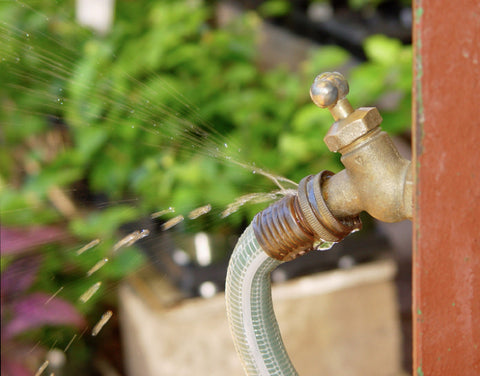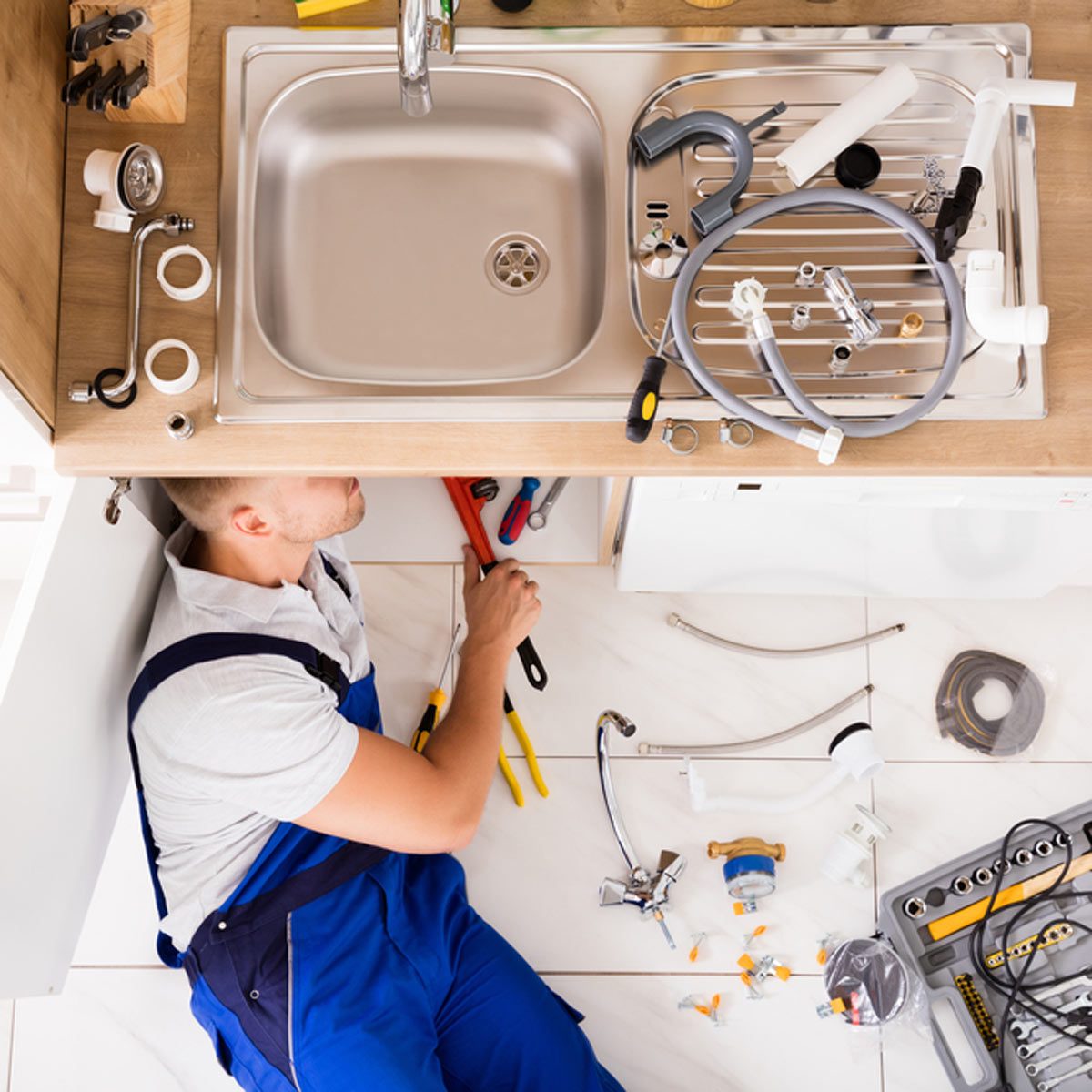This great article listed below in relation to Prevent Freezing and Bursting Pipes is exceedingly enlightening. Read on and draw your own ideas.

All property owners that reside in temperate climates must do their best to winterize their pipelines. It is something you have to do throughout fall before deep winter season genuinely begins. Failure to do so can lead to catastrophe like icy, cracked, or ruptured pipes. Right here are some handy winterizing hacks to maintain your plumbing system protected even if the weather condition outside is terrible.
Try a Hair Clothes Dryer or Warmth Gun
When your pipelines are virtually freezing, your trusty hair clothes dryer or warmth weapon is a godsend. If the warm towels do not aid dislodge any type of clearing up ice in your pipelines, bowling hot air straight into them may help. Nonetheless, do not use various other things that produce direct flames like a blow lantern. This can lead to a bigger catastrophe that you can not regulate. You may wind up destructive your pipelines while attempting to melt the ice. And over time, you might also end up melting your residence. Beware!
Open Up Closet Doors Hiding Plumbing
When it's cold outside, it would certainly be practical to open closet doors that are concealing your pipes. Doing this tiny technique can maintain your pipelines warm and also restrict the potentially dangerous end results of freezing temperature levels.
Take Some Time to Wrap Exposed Pipes
One awesome and also simple hack to warm up frigid pipelines is to cover them with warm towels. You can cover them first with towels. After securing them in position, you can put boiling water on the towels. Do it slowly to let the towels absorb the fluid. You can likewise make use of pre-soaked towels in hot water, simply don't fail to remember to wear safety gloves to safeguard your hands from the warm.
Switch on the Faucets
When the temperature level decreases and also it seems as if the icy temperature will certainly last, it will certainly help to activate your water both indoors as well as outdoors. This will certainly keep the water moving via your plumbing systems. Additionally, the activity will decrease the cold process. Significantly, there's no demand to transform it on full blast. You'll wind up wasting gallons of water by doing this. Rather, aim for concerning 5 drops per min.
Shut Off Water When Pipes are Frozen
Shut off the primary water shutoff instantly if you discover that your pipes are totally icy or practically nearing that stage. You will normally locate this in your cellar or laundry room near the heating system or the front wall surface closest to the street. Turn it off immediately to avoid additional damage.
With more water, more ice will certainly stack up, which will ultimately lead to burst pipelines. If you are not sure concerning the state of your pipelines this winter months, it is best to call an expert plumber for an evaluation.
All homeowners that live in temperate environments should do their ideal to winterize their pipelines. Failure to do so can spell calamity like frozen, fractured, or ruptured pipes. If the warm towels do not help displace any type of settling ice in your pipes, bowling hot air straight right into them might help. Turn off the major water valve quickly if you observe that your pipes are entirely frozen or virtually nearing that stage. With even more water, more ice will certainly stack up, which will eventually lead to rupture pipes.
PREVENT YOUR PIPES FROM FREEZING THIS WINTER
A Leading Cause of Property Damage
When the weather is taking a deep nose dive into the cold dreary days, the risk of your pipes freezing and potentially bursting skyrockets. Unfortunately, during these cold dreary months, burst pipes are the most common denominator for property damage. The pipes that are most at the risk are those that are in areas where it is most cold in your home. For instance, pipes located in interior places such as basements, attics, and your garage. Unfortunately, that doesn’t mean that the pipes running through your cabinets or exterior walls can’t freeze. Good news, however, is that you can do things to help prevent pipes from freezing.
How to Prevent Pipes From Freezing
Once the temperature starts to drop during the winter, you should be taking the proper measures needed to ensure that your pipes stay warm and that there is circulation of water through them. Some steps that experts may recommend could go against your better judgement when it comes to saving water and heat. However, it would go without saying that when expenses are compared, damaged pipes could put a bigger dent in your wallet than a water bill.
What Can I Do?
Keep your garage door closed. This is very important, especially if you have water supply lines running through your garage. Open your kitchen and bathroom cabinets to allow warm air to circulate through them. Allow air circulation throughout your home. Keeping the interior doors open will once again allow the warm air to circulate inside your home. Ensure your thermostat is running the same temperature throughout the night and day. If you plan to be away from home during the cold months, set your temperature no lower than 55° F. This should provide enough heat to keep the pipes warm and prevent any remaining water inside the pipes from freezing. For more of a long-term solution, add insulation to attics, basement, and other crawl spaces around your home. By allowing your faucet to drip, it will alleviate pressure in the system. This is important because the pressure that is created between the blockage and the faucet can potentially cause the pipes to burst. Allowing the faucet to drip will prevent the pressure from building up, therefore keeping the pipes from bursting. Seal any cracks, openings, and crawl spaces around your home to prevent cold air from coming inside. This keeps your pipes-not to mention your home-warmer and less susceptible to issues caused by freezing temperatures. For the pipes in your home that are easily accessible, applying electrical tape to them might prevent them from freezing over. This is a quick fix, as you can apply the tape directly to the pipe. There are two options for heating tapes. One turns on and off by itself when it senses heat is needed. The other type of heating tape needs to be applied when heat is needed and removed when not necessary. If you have exposed pipes in your home, you can check this website to take a look at a few options that would be available at a shop near you.

I came across that blog posting on How to Prevent Frozen Pipes when doing a lookup on the search engines. Enjoyed our post? Please share it. Help someone else check it out. Thank you for your time. Come back soon.
Book